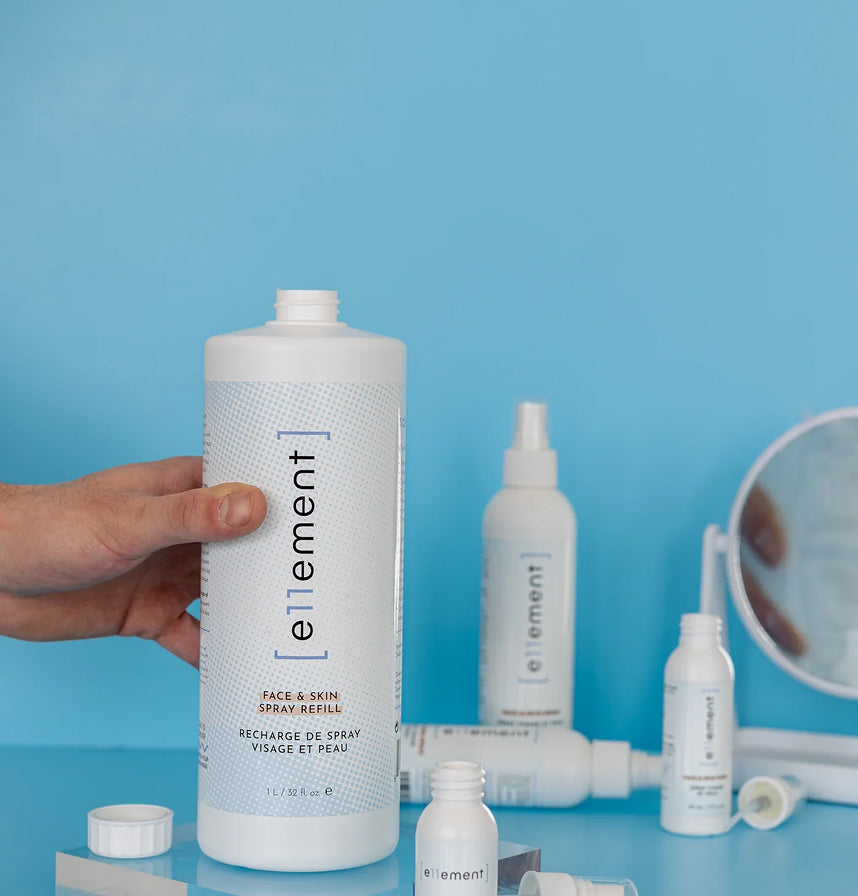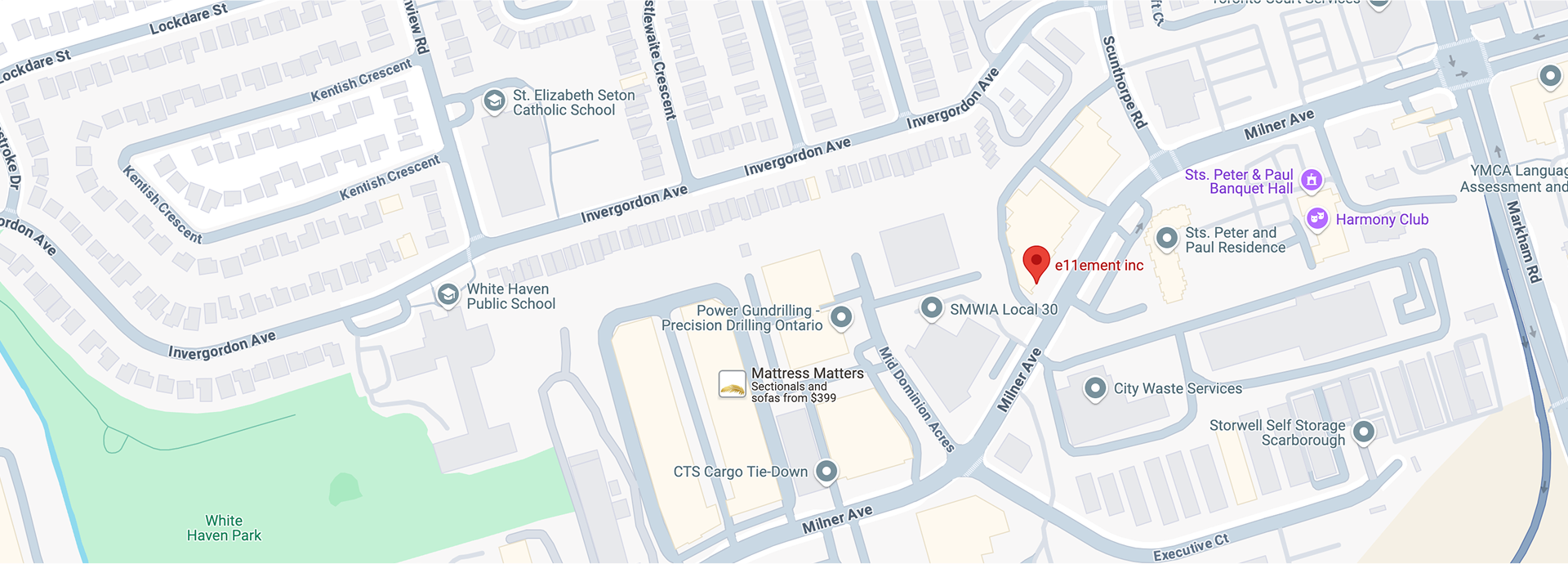Hypochlorous acid (HOCl) has garnered attention in recent years for its various skincare benefits, particularly its ability to combat certain skin conditions. Among these conditions, malassezia, a yeast responsible for fungal acne and other skin issues, is a common concern. This article explores the relationship between hypochlorous acid and malassezia, highlighting its potential as an effective treatment.

Understanding Malassezia and Its Impact on Skin
Malassezia is a genus of yeast that naturally resides on the skin. While harmless in most cases, it can lead to skin issues under specific conditions, such as an overproduction of sebum or compromised skin barriers. The two most common conditions associated with malassezia are:
-
Fungal Acne (Malassezia Folliculitis): This condition appears as itchy, red pustules or bumps, often mistaken for traditional acne.
-
Seborrheic Dermatitis: A chronic condition characterized by flaky, oily patches, particularly around the scalp, face, and chest.
Treating malassezia often requires antifungal solutions, as it thrives in lipid-rich environments and is resistant to conventional acne treatments.
What is Hypochlorous Acid?
Hypochlorous acid is a naturally occurring molecule in the human body, produced by white blood cells as part of the immune response. It is widely used in skincare due to its antimicrobial, anti-inflammatory, and wound-healing properties. HOCl is particularly valued for being gentle on the skin while effectively targeting harmful microorganisms.
Antifungal Properties of Hypochlorous Acid
The antifungal properties of hypochlorous acid make it a promising solution for addressing skin issues caused by malassezia. Research indicates that hypochlorous acid disrupts the cell membranes of various microorganisms, including yeasts and fungi, effectively neutralizing them. This mechanism positions it as a viable option for treating fungal acne and other malassezia-related conditions.
Hypochlorous Acid Malassezia Treatment
Does Hypochlorous Acid Kill Malassezia?
Yes, hypochlorous acid can kill malassezia. By targeting the yeast’s cell structure, HOCl helps reduce its overgrowth and alleviate the symptoms associated with fungal acne and seborrheic dermatitis. Its ability to act as both an antimicrobial and an anti-inflammatory agent makes it particularly effective.
Hypochlorous Acid for Fungal Acne
Fungal acne, caused by malassezia, is notoriously resistant to traditional acne treatments. Hypochlorous acid’s antimicrobial nature specifically addresses this issue by targeting the yeast directly. Regular application of a fungal acne hypochlorous spray can:
-
Reduce inflammation and redness.
-
Soothe irritated skin.
-
Minimize pustules and bumps.
Hypochlorous Acid for Skin Fungus
Beyond fungal acne, hypochlorous acid is beneficial for other fungal infections. Its gentle yet effective nature ensures it can be used on sensitive areas of the skin without causing irritation. For individuals dealing with persistent skin fungus, hypochlorous acid provides a safe alternative to harsher antifungal treatments.
How to Use Hypochlorous Acid for Treating Malassezia
Incorporating hypochlorous acid into your skincare routine is straightforward, thanks to its availability in various forms such as sprays, cleansers, and gels. Here’s a step-by-step guide:
-
Cleanse the Skin: Use a mild, sulfate-free cleanser to remove dirt and oil.
-
Apply Hypochlorous Acid: Spray or apply a hypochlorous acid solution directly onto the affected areas. Allow it to dry naturally.
-
Moisturize: Follow up with a lightweight, non-comedogenic moisturizer to maintain hydration.
-
Frequency: Use hypochlorous acid twice daily or as recommended by a dermatologist.
Consistency is key to seeing improvements in conditions caused by malassezia. Additionally, combining hypochlorous acid with other treatments like antifungal shampoos or topical creams can enhance results.
Benefits of Hypochlorous Acid for Malassezia
Does Hypochlorous Acid Help Fungal Acne?
Hypochlorous acid’s dual action as an antimicrobial and anti-inflammatory agent makes it highly effective for fungal acne. It not only addresses the root cause (malassezia) but also soothes the skin, reducing irritation and promoting healing.
Hypochlorous Acid Skin Benefits
Beyond treating malassezia, hypochlorous acid offers a range of skincare benefits:
-
Gentle on Skin: Suitable for all skin types, including sensitive and acne-prone skin.
-
Wound Healing: Promotes faster recovery of damaged skin.
-
Anti-Inflammatory: Reduces redness and swelling caused by various skin conditions.
-
Versatility: Can be used for cuts, burns, and minor infections.
Safety and Precautions
While hypochlorous acid is generally safe for most users, there are a few considerations to keep in mind:
-
Patch Test: Perform a patch test before widespread use to ensure no allergic reactions.
-
Storage: Keep the product in a cool, dry place to maintain its efficacy.
-
Consultation: For severe cases of fungal acne or other malassezia-related issues, consult a dermatologist.
Conclusion
Hypochlorous acid is a powerful yet gentle solution for treating malassezia and its associated skin conditions. From its ability to kill malassezia to its broader benefits for skin health, HOCl is an excellent addition to any skincare routine aimed at addressing fungal acne or skin fungus. By using a fungal acne hypochlorous spray or similar product, individuals can achieve clearer, healthier skin without resorting to harsh treatments. For optimal results, consistency and proper skincare practices are essential.























